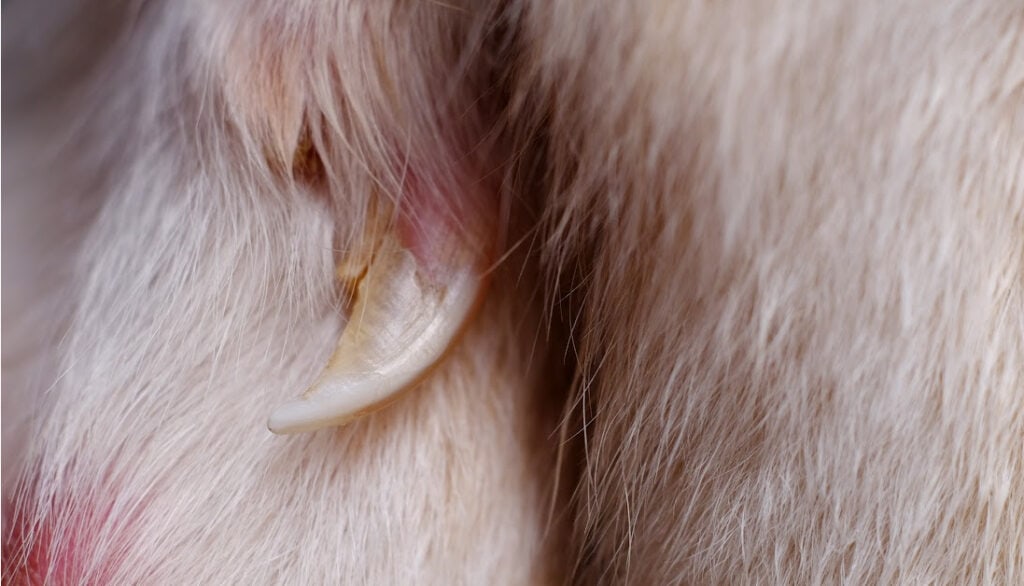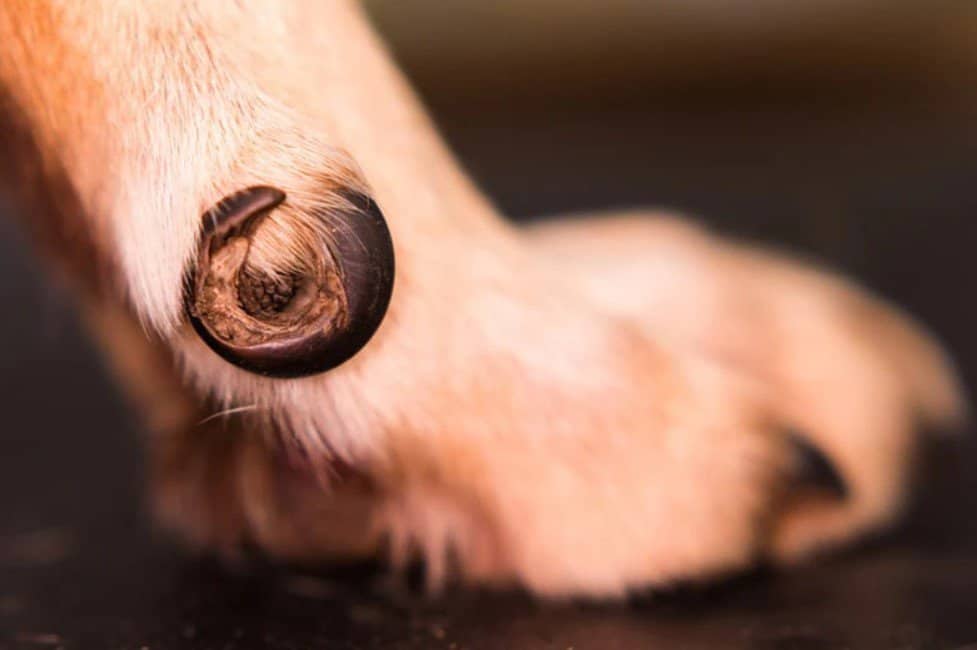As a devoted dog parent, I know the challenges we often face when it comes to grooming our furry friends. One frequently overlooked aspect of canine care is the dew claw— that little ‘thumb’ nail on the side of their leg. Left unattended, it can grow into the skin, leading to pain and potential infection. If you’ve been wondering about the best approach to handle this delicate task, you’re in the right place. Welcome to my comprehensive guide on “How To Trim A Dog’s Dew Claw – Easy Step By Step.” Whether you’re a newbie to dog grooming or just looking for some refreshers, this blog will ensure that you can confidently and safely keep those dew claws in check. Let’s make grooming a stress-free experience for both you and your pup!

6 Tips for Trimming Your Dog’s Dew Claw
Grooming your dog involves more than just baths and brush-outs. One often overlooked yet essential area of canine care is the dew claw—a tiny ‘thumb’ nail that requires just as much attention as the rest. While it might seem intimidating to trim this delicate part, with the right guidance, it’s a breeze! Here are six expert tips to ensure a safe and stress-free dew claw trimming experience for both you and your furry companion.
Dew Claws Can Become Ingrown
Understanding the anatomy of your dog’s dew claw is essential. Unlike other nails, dew claws don’t touch the ground, so they don’t naturally wear down. If neglected, they can grow in a circular manner back into the dog’s skin, causing discomfort or even infections. Regular check-ups are essential to prevent them from becoming ingrown.
Dew Claws May Be Sore
Always approach dew claw trimming with a gentle touch. Some dogs have dew claws that are loosely attached, while others are firmly attached to the leg. Because of this variability, they can sometimes be more sensitive than other nails. Ensure your dog is relaxed and comfortable, and always pay attention to their reactions while trimming.
Use a Flashlight to See the Quick
One of the main challenges of trimming a dog’s nails is avoiding the ‘quick,’ which is the blood vessel running through the nail. Accidentally cutting this can cause bleeding. Using a flashlight (or even your phone’s flashlight) behind the dew claw can help illuminate it, making the quick easier to see, especially in dark nails. This trick helps in ensuring you don’t cut too far.

Have Styptic Powder Ready
Even the most experienced dog parents and groomers can occasionally nick the quick. It’s essential to have styptic powder on hand. If the nail starts to bleed, quickly apply the powder to stop the bleeding. It also helps to calm your dog if they’re startled by the sudden discomfort.
File the Dew Claw
After trimming, the edge of the dew claw can be sharp. To prevent any scratches or injuries, use a nail file or a pet-specific nail grinder to smooth out the edges. This step ensures the nail is not only shorter but also safe for both your dog and anyone they might jump on in excitement.
Work Slowly
Patience is the key. Especially if it’s your first time, or if your dog is nervous, it’s important to take things slow. Give your dog breaks if they’re showing signs of stress. It’s always better to trim a little bit at a time and check your progress than to rush and risk cutting too much.
Remember, as you embark on this grooming task, every dog is unique. Their threshold for discomfort varies. It’s always good to start with positive reinforcement, like treats or affection, to make the process smoother for both you and your four-legged friend.
Caution & Considerations
Trimming your dog’s dew claw is a task that demands a blend of patience, precision, and preparation. Without proper care, this simple grooming exercise can lead to discomfort or even injury. To ensure a positive experience for both you and your furry friend, keep the following cautions and considerations in mind:
- Know Your Dog’s Tolerance Level: Every dog is different. Some might sit still during the entire process, while others could get antsy after just a few moments. It’s important to understand your dog’s comfort level and ensure you’re working within their threshold.
- Not All Dew Claws Are Alike: While most dogs have front dew claws, not all have them on their hind legs. Moreover, the attachment and thickness can vary. Always inspect the dew claw carefully before starting.
- Stay Calm: Your pet can sense your emotions. If you’re anxious or stressed about trimming the dew claw, your dog will likely pick up on that energy. Take a few deep breaths and ensure you’re calm before you begin.
- Avoid Force: Never hold your dog down forcefully. If they’re showing signs of distress, it might be better to take a break or even postpone the session.
- Seek Professional Help: If you’re unsure about any step or feel overwhelmed by the process, it’s always a good idea to consult a professional groomer or vet. They can either guide you through the process or do it for you.
- Monitor for After-trim Complications: While rare, there might be cases of post-trim bleeding or irritation. Always keep an eye on the trimmed area for a day or two to ensure everything’s okay. If you notice any prolonged discomfort or bleeding, consult a vet.
Incorporating these considerations will not only ensure the safety and comfort of your beloved pet but also foster a bond of trust between you two during grooming sessions.

Conclusion
Navigating the world of canine grooming can sometimes feel like a daunting journey, especially when addressing those less frequently discussed tasks like dew claw maintenance. But with the right guidance and a touch of patience, even the most apprehensive pet owner can become a dew claw trimming pro. Remember, at the heart of this process is the well-being and comfort of our furry companions. With every trim, we’re ensuring they’re free from potential pain or discomfort. So, armed with these tips, considerations, and a healthy dose of love, you’re more than ready to give your dog the care they deserve. Happy grooming!
Frequently Asked Questions (FAQs)
Answer: The frequency can vary based on the dog’s activity level and how quickly their nails grow. On average, checking the dew claw every 3-4 weeks is a good rule of thumb. If it’s starting to curve or seems overly long, it’s time for a trim.
Answer: Some dogs are more sensitive or anxious about having their paws handled. In these cases, positive reinforcement using treats, patience, and gradual desensitization can help. If your dog remains resistant, seeking a professional groomer or vet for the task might be the best option.
Answer: If the dew claw is very close to the skin but isn’t causing any discomfort or isn’t at risk of growing into the skin, you might not need to trim it regularly. However, it’s still crucial to inspect it frequently to ensure it doesn’t become problematic in the future.
Answer: If after nicking the quick, your dog seems to be in prolonged discomfort, it’s essential to consult with a vet. They might recommend an anti-inflammatory or provide guidance on care to prevent infection.
Answer: While it’s possible to use human nail clippers for very small or young dogs, it’s generally recommended to use pet-specific nail clippers. They are designed to handle the thickness and shape of dog nails, providing a cleaner, safer cut.
